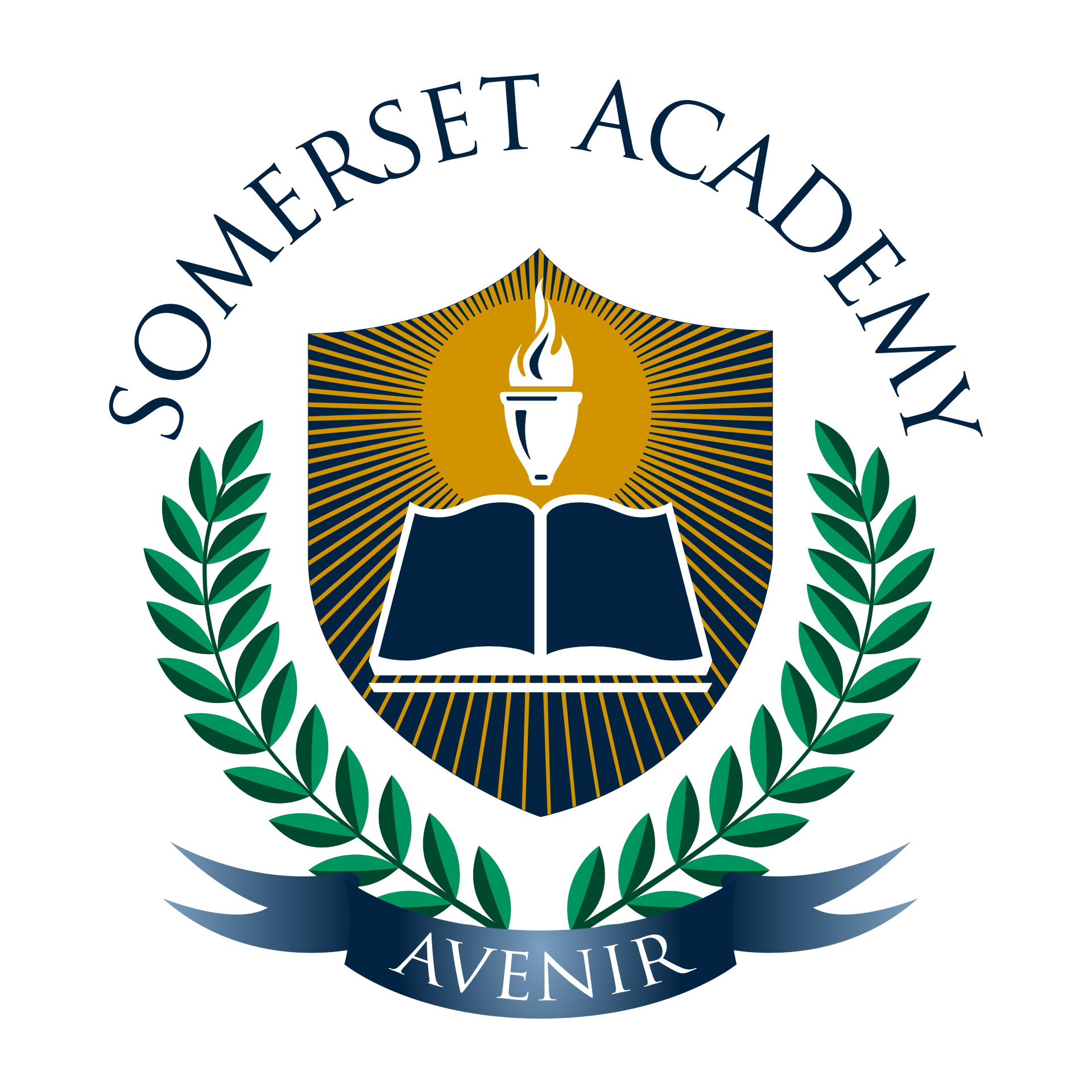Founded in 1997, Somerset Academy Charter School opened in Miramar, Florida to humble beginnings. Appropriately named Somerset Neighborhood, the school was housed in a two-room schoolhouse and served 50 students from Kindergarten through 5th grade. To meet parental demand, the school expanded in the years to follow but was careful to maintain a nurturing, tight-knit learning environment and multi-age/multi-level classroom philosophy that parents love and children thrive in.
Somerset Academy now offers high-quality K-12 educational programs in Florida, Arizona, Nevada, and Texas that have, and continue to, achieve academic success. Although all Somerset Academy schools share a vision, each campus has a unique and enriching educational program that is tailored to the community they serve. This formula, along with incredible support from parents, has made Somerset Academy a nationally recognized, award-winning family of high-quality public charter schools.
A charter school is an independent public school that operates independently of the district board of education. In effect, a charter school is a one-school public school district. A group of people — educators, parents, community leaders, educational entrepreneurs or others — write the charter plan describing the school's guiding principles, governance structure, and applicable accountability measures. If the state approves the charter, the state funds the charter on a per pupil basis. In most cases charter schools operate under a clear agreement between the state and the school: increased autonomy in exchange for increased accountability. Because they are schools of choice, they are held to the highest level of accountability — consumer demand.
Charter schools are public schools and like district public schools, they are funded according to enrollment (also called average daily attendance, or ADA), and receive funding from the district and the state according to the number of students attending. However, in a number of states, they do not receive the full equivalent of their district counterparts: Minnesota charters only receive the state portion (about 75% of a district school's total per-pupil allocation); charters in New Jersey and Colorado also receive less than 100% of the per-pupil funding. In other states, charters must negotiate their funding in their charter contract, often below the level of funding of their district counterparts, and then make up the difference through grants and donations. In addition, unlike traditional district schools, most charter schools do not receive funding to cover the cost of securing a facility. Conversion schools (charter schools that were once public or private schools) begin with established capital, namely the school and its facilities. A few states provide capital funding to start-up schools, and some start-up schools are able to take over available unused district space, but most must rely on other, independent means. Recent federal legislation provides funding to help charters with start-up costs, but the task remains imposing.
By law, charter schools must have a fair and open admission process, conducting outreach and recruitment to all segments of the community they serve. They are public schools and therefore cannot "choose" which students attend. Like other public schools, charter schools are nonsectarian and nondiscriminatory in admission and employment practices. Charter school students are admitted on a first-come, first served basis, or by lottery when applicants exceed available slots.
Yes, charter schools must meet state law regarding special education services for students and must meet the requirements of student IEPs (Individualized Education Program).


